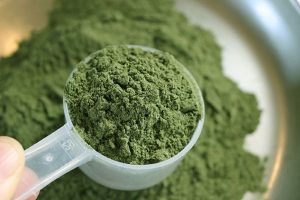I go to group therapy most Fridays, because it keeps me humble.
 Half are regulars, half are newbies, usually on some opioid path, of late.
Half are regulars, half are newbies, usually on some opioid path, of late.
The U.S. Centers for Disease Control along with public health and regulatory officials in several states, and the U.S. Food and Drug Administration (FDA) are investigating a multistate outbreak of Salmonella I 4,[5],12:b:- infections.
As of February 16, 2018, 28 people infected with the outbreak strain of Salmonella I 4,[5],12:b:- have been reported from 20 states. A list of the states and the number of cases in each can be found on the Case Count Map page. WGS performed on isolates from ill people were closely relatedly genetically. This means that people in this outbreak are more likely to share a common source of infection.
Illnesses started on dates ranging from October 13, 2017 to January 30, 2018. Ill people range in age from 6 to 67 years, with a median age of 41. Sixteen people are male. Eleven hospitalizations have been reported. No deaths have been reported.
WGS analysis did not identify any predicted antimicrobial resistance in isolates from five ill people. Testing of outbreak isolates using standard antibiotic susceptibility testing methods is currently underway in CDC’s National Antimicrobial Resistance Monitoring System (NARMS) laboratory.
Epidemiologic evidence indicates that kratom is a likely source of this multistate outbreak. Kratom is a plant consumed for its stimulant effects and as an opioid substitute. Kratom is also known as Thang, Kakuam, Thom, Ketom, and Biak.
In interviews, ill people answered questions about the foods they ate and other exposures in the months before they became ill. Eight (73%) of 11 people interviewed reported consuming kratom in pills, powder, or tea. No common brands or suppliers of kratom have been identified at this time.
At this time, CDC recommends that people not consume kratom in any form. The investigation indicates that kratom products could be contaminated with Salmonella and could make people sick. CDC’s recommendation may change as more information becomes available. This investigation is ongoing and we will provide updates as needed.
Multistate outbreak of salmonella I 4,[5],12:b- infections linked to Kratom
20.feb.18
CDC

